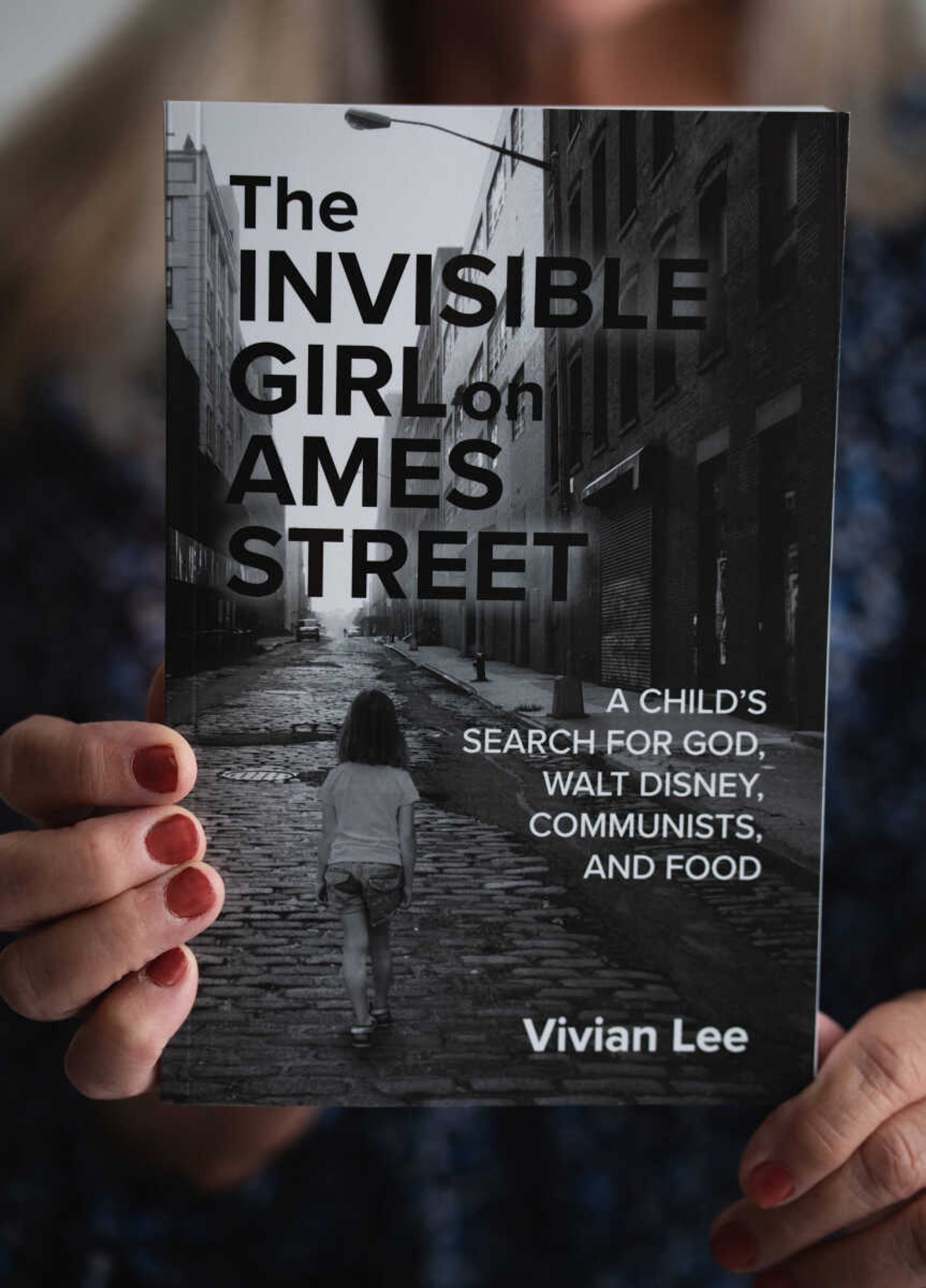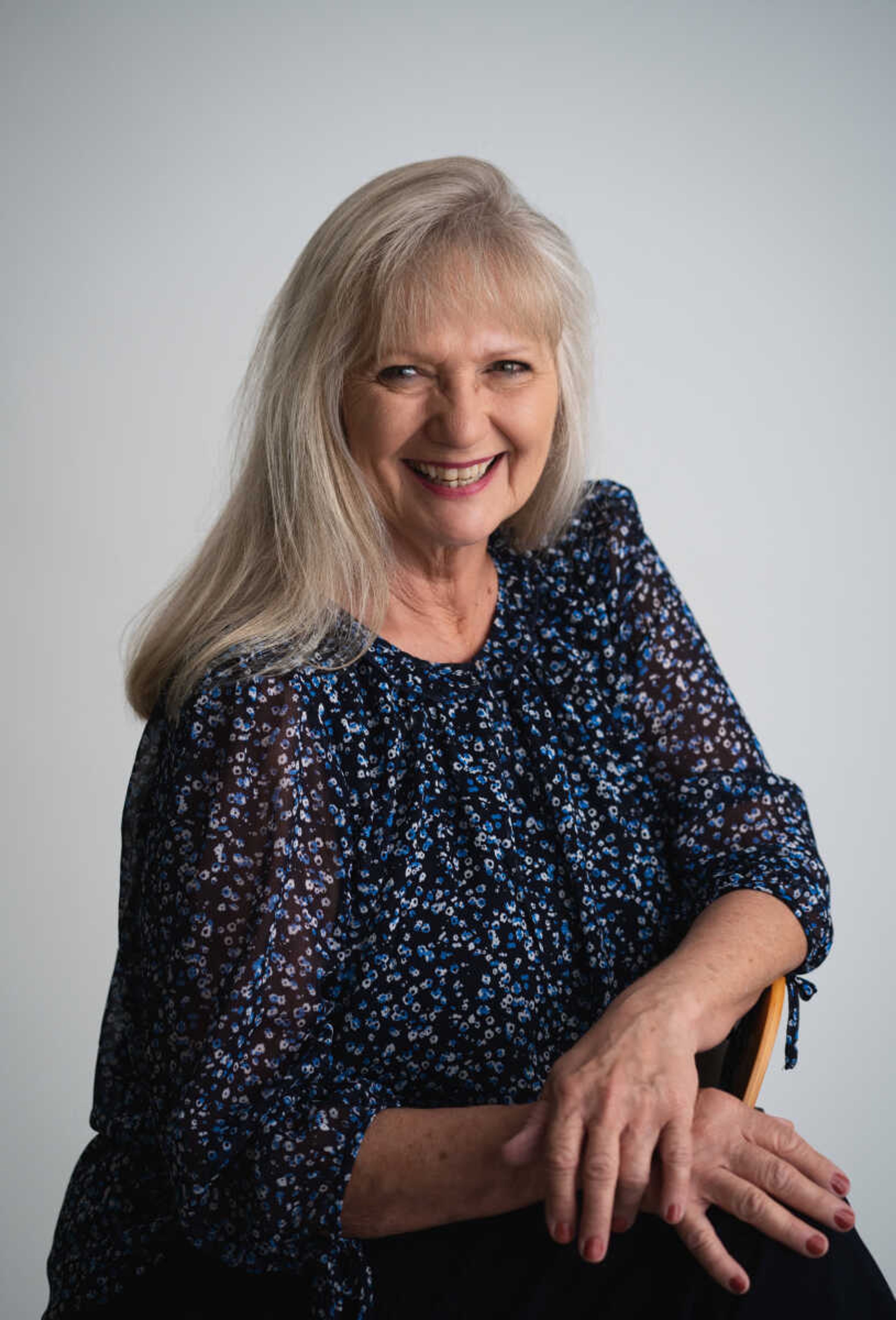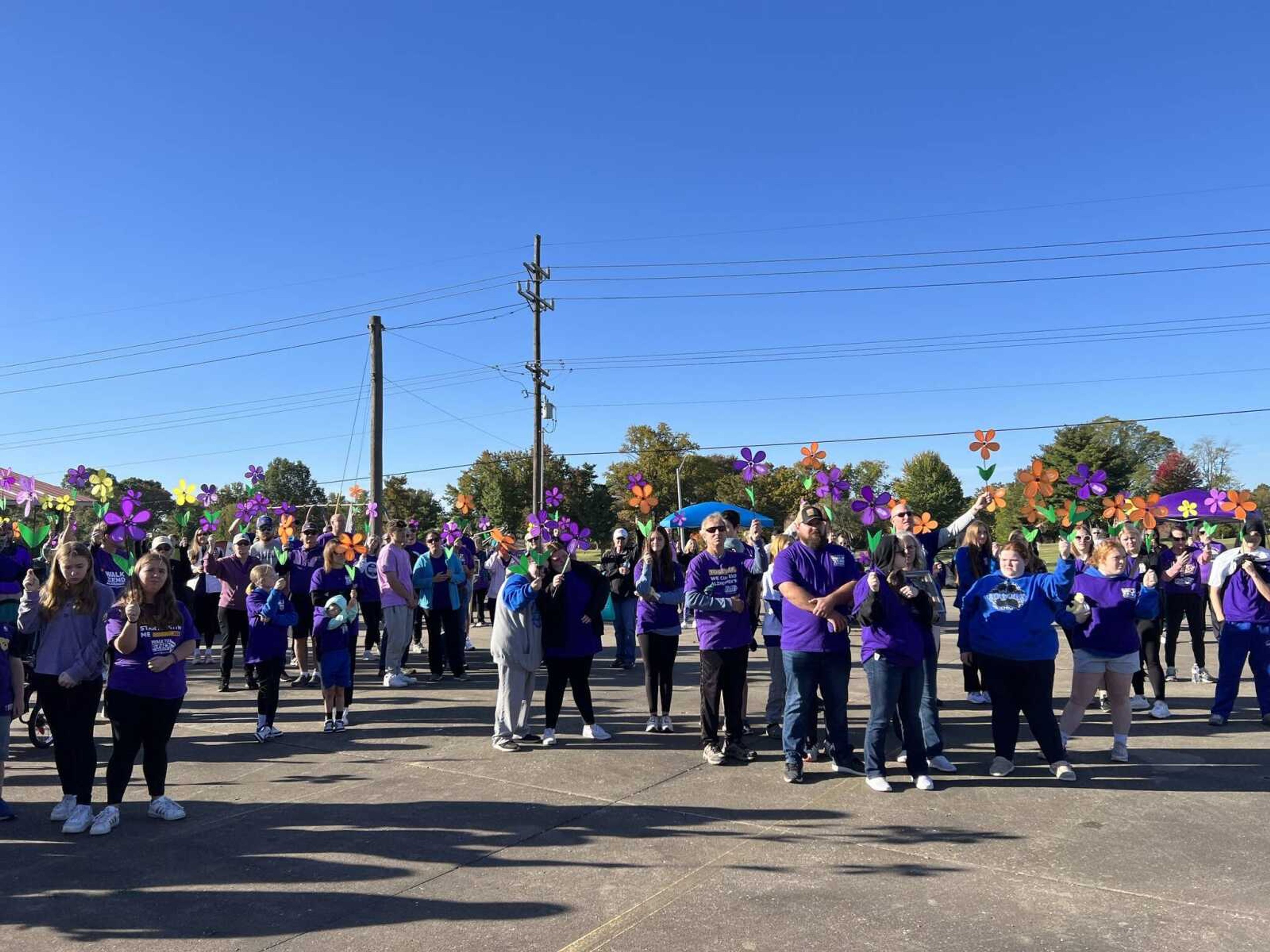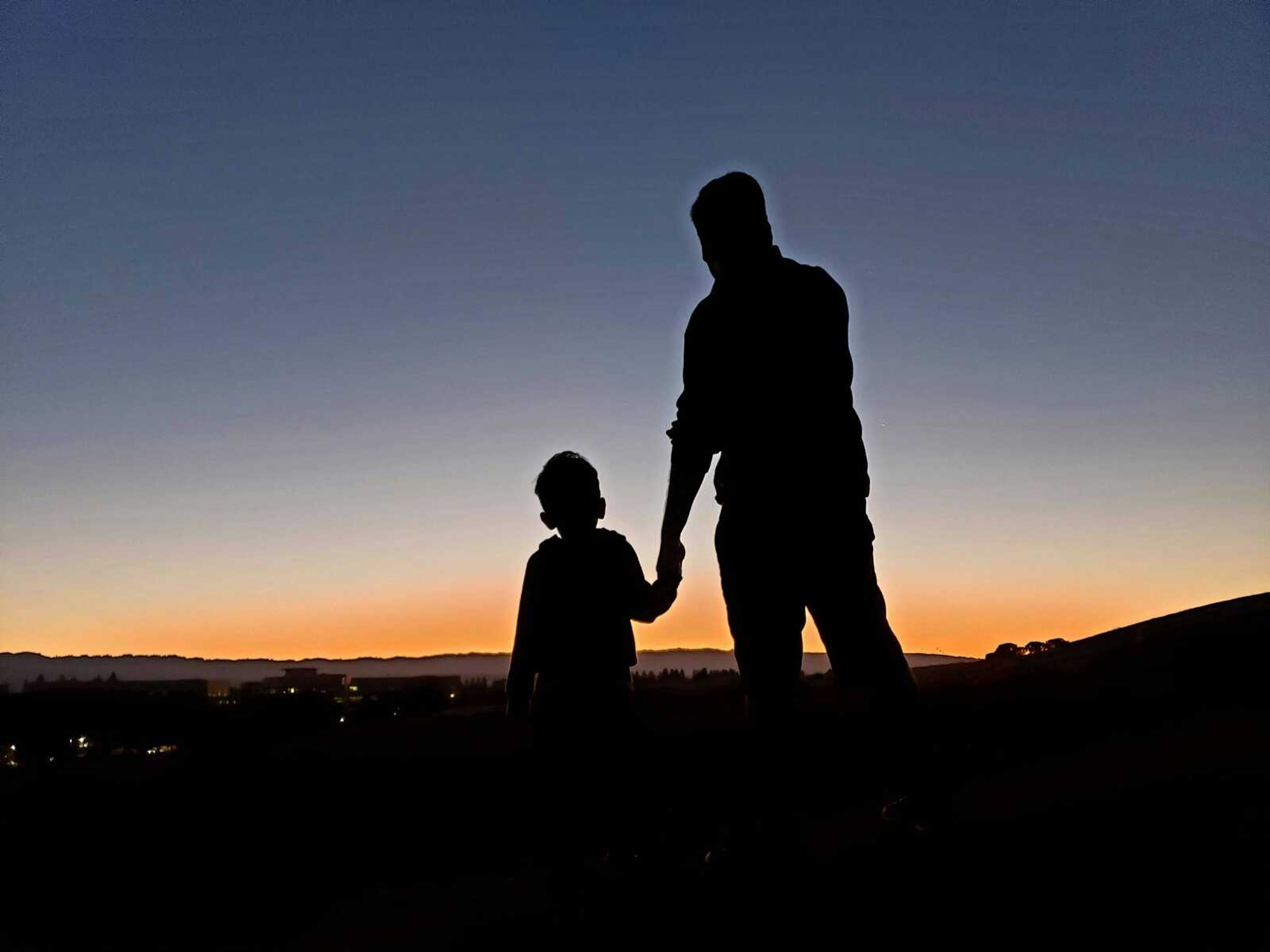Healing Through Writing: Local author advocates for “invisible children” through new memoir
Vivian Selby of Cape Girardeau recently wrote and published a book about growing up in Saginaw, Mich., as a middle child from a single-parent family in the early 1960s. Her book, “The Invisible Girl on Ames Street: A child’s search for God, Walt Disney, Communists and food” is a collection of personal memories from that time. ...
Vivian Selby of Cape Girardeau recently wrote and published a book about growing up in Saginaw, Mich., as a middle child from a single-parent family in the early 1960s. Her book, “The Invisible Girl on Ames Street: A child’s search for God, Walt Disney, Communists and food” is a collection of personal memories from that time. While many of the names have been changed, Selby maintains the true identities for those near and dear to her heart, including her mother, siblings and the kind custodian from her elementary school. She writes with the pen name Vivian Lee.
Selby says she experienced healing while writing this story, which gave her a chance to reconcile the past and look toward the future. As a result, she says she no longer feels invisible.
Here, Selby discusses her process of writing, the inspiration behind her book and her hopes for those who read it.
__Amanda Flinn:__ Tell us a little about your book.
__Vivian Selby:__ It’s about my experiences as a young girl being raised by a single mother, told from the perspective of my 7- to 9-year-old self. In the book, I talk about how I lived in my imagination, because I often felt invisible and unseen — at home, but also in the community. My mom was abandoned by my dad and left to raise three kids. She did the best she could. As the middle child, I was always looking for an escape. If someone [had] told me they worked for Disney and wanted to “discover me,” I would have gone with them. I write about this in the book.
__What was your inspiration for writing it?__
When I was 60, I started looking back on my life and asking questions. I had always lived for other people, for my family. And though I was content to do that, I never had the direction to go to college. I wanted to know why.
It was about that time I read an article about a church that was giving to and supporting the entire family, not just the child. They helped with school pictures, car maintenance and food. It made me reflect on my childhood and the needs that went unmet. It made me realize it takes more than a box of crayons to get a child through school. That article helped me understand I wasn’t the only child being overlooked. More can be done.

__Who is the audience for your book, or who do you hope will read it?__
I wrote this book for a couple of audiences. I want to reach those involved with the trauma-informed movement. So many children are suffering or going through trauma at home and masking it from teachers or other adults in their life. In my experience, no one knew what I was dealing with because I lived so deep in my imagination. I would go days without eating and tell myself I wasn’t hungry, rather than ask for food. But, this book is also for the Baby Boomers who just want to remember what it was like to live in the early ‘60s. There is a lot of nostalgia in the book, from television shows to music and even board games that were popular during that time. Several people have told me how much they enjoyed thinking back on their own experiences after reading about mine.
__What was your writing process?__
Once I figured out the direction of the book, God just kept giving me more memories. I would get up in the morning and write each one down. I had Post-It notes, scraps of paper and filled notebooks, but no idea how to put it all together. I prayed a lot and kept asking God for direction. My memories were eventually attached to index cards, which I strung on a fishing line across the wall. Like a miracle, a story started to form.
__What are you hoping to accomplish with this book? Any take-aways for readers?__
I hope it makes people more kind and maybe changes some perspectives. I hope teachers and school staff know that everyone in the building has an opportunity to make a difference in the life of a child. I want people to see the children who are not being seen and to understand that they are vulnerable and trusting. That’s why afterschool programs are so important. If I would have had a place to go, I wouldn’t have been walking the railroad tracks at such a young age and wandering away from home. I was protected by God’s grace.
__How did you make the decision to self-publish?__
I knew that the traditional route took a long time. It’s a process of submitting and getting rejected, often waiting to hear back for six months at a time. Realistically, I thought, “How many six-month periods do I have left?” I didn’t want to wait for that. The self-publishing platform that I used was great at explaining the process and also helped with editing services. Mickey Heath, coordinator at the Center for Writing Excellence at SEMO [Southeast Missouri State University] was one of my first editors. He provided insight I never thought of and encouraged me to publish this book.
__What has been the biggest blessing from writing this book?__
There have been so many. When a child goes through trauma, they often cave in on themselves and don't follow through, but writing this book forced me to follow through, and just the ability to do that was a win. I also realized that I’ve never been alone. I might have felt unseen, but I’ve always had the spark of Christ in my heart. I learned that at Vacation Bible School, and through writing these pages, I recovered that memory.
It’s been exciting to me that other people are reading and reflecting on their past, too. And just being able to connect with people at local bookstores and through book signings, I feel like this is what I’m supposed to be doing.
“The Invisible Girl on Ames Street: A Child’s Search for God, Walt Disney, Communists and Food” is on display and available for purchase at Artistically Ever After in Cape Girardeau.
Connect with the Southeast Missourian Newsroom:
For corrections to this story or other insights for the editor, click here. To submit a letter to the editor, click here. To learn about the Southeast Missourian’s AI Policy, click here.










